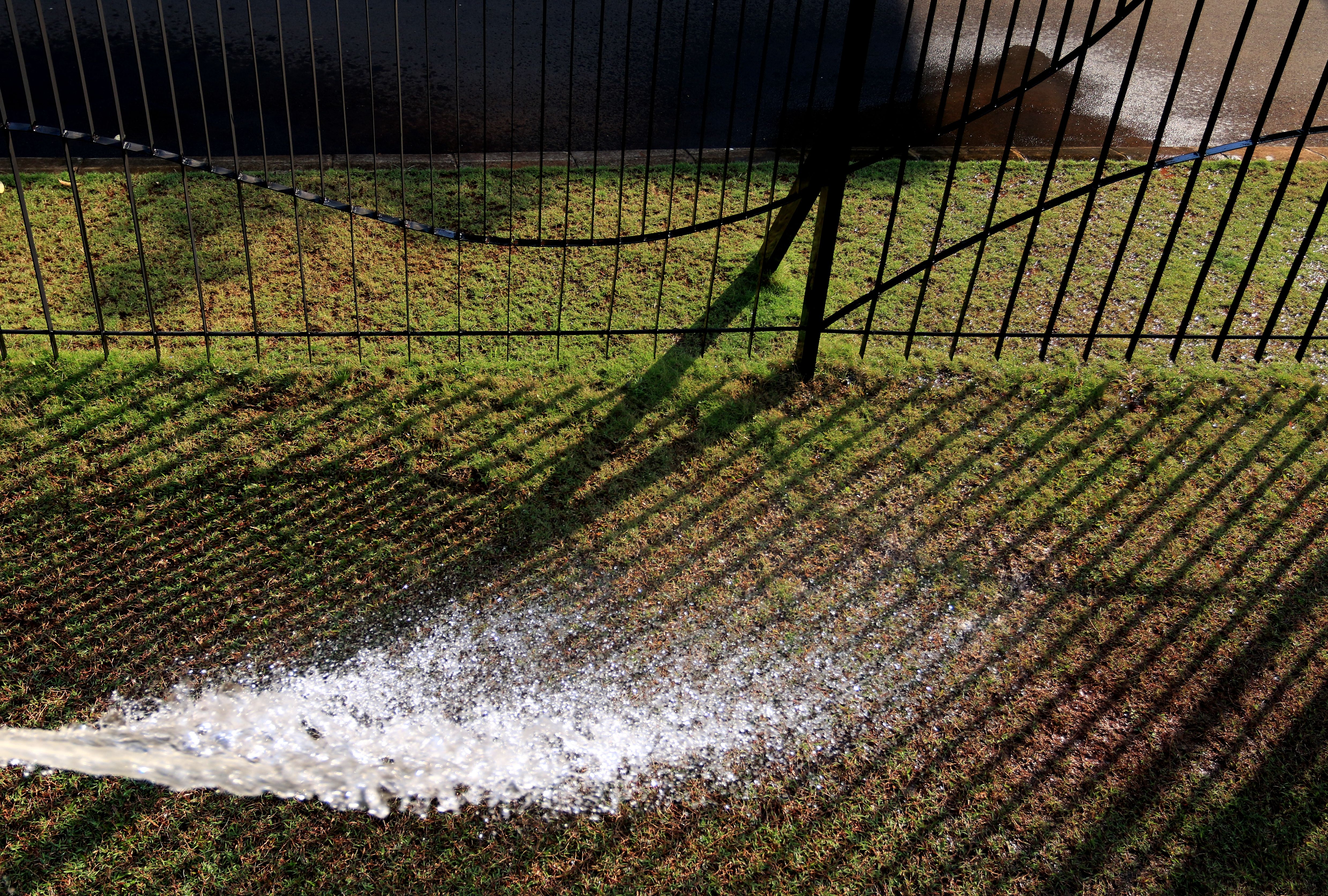The Ultimate Guide to Residential Lawn Care in Texas: Tips for a Lush Yard
Understanding Texas Climate and Soil
Texas is known for its diverse climate zones, ranging from arid deserts in the west to humid subtropical areas in the east. This variability affects how you should manage your lawn care. Understanding your specific region's climate is crucial for maintaining a lush yard. The soil in Texas can vary from sandy to clay, which influences water retention and nutrient availability.
To start, test your soil to determine its pH level and nutrient composition. This will guide you in choosing the right fertilizers and amendments. A soil test can be done through local agricultural extensions or home testing kits available at garden centers.

Choosing the Right Grass Type
The type of grass you select plays a pivotal role in achieving a lush lawn. In Texas, warm-season grasses such as Bermuda, St. Augustine, and Zoysia are ideal due to their heat tolerance and vibrant growth during the summer months. Each grass type has its own set of maintenance needs; for example, Bermuda grass thrives in full sun, whereas St. Augustine can tolerate some shade.
Consider your yard's sun exposure, foot traffic, and maintenance preferences when selecting grass. If your yard receives partial shade, Zoysia or St. Augustine might be suitable choices. For sunny areas with frequent use, Bermuda is often recommended.
Watering Techniques for Optimal Growth
Watering is a critical component of lawn care in Texas, especially during the hot summer months. It’s important to water deeply and infrequently to encourage deep root growth. Typically, lawns require about 1 to 1.5 inches of water per week, either from rainfall or supplemental irrigation.

Early morning is the best time to water as it reduces evaporation and allows the grass to dry before nightfall, minimizing disease risks. Using a rain gauge can help determine when additional watering is necessary.
Mowing Best Practices
Mowing your lawn regularly promotes healthy growth and helps maintain a neat appearance. The frequency of mowing depends on the grass type and growth rate. A general rule of thumb is to never cut more than one-third of the grass blade's height at a time.
During peak growing seasons, you may need to mow weekly, but in cooler months, bi-weekly mowing may suffice. Ensure your mower blades are sharp to prevent tearing the grass, which can lead to disease and stress.

Fertilization and Pest Control
Fertilization provides essential nutrients that support healthy grass growth. For Texas lawns, a balanced fertilizer with a 3-1-2 ratio of nitrogen, phosphorus, and potassium is generally recommended. Apply fertilizer in early spring and again in late summer for optimal results.
Pest control is equally important, as grubs, chinch bugs, and other pests can wreak havoc on your lawn. Monitor your yard regularly for signs of pest damage and consider integrated pest management strategies before resorting to chemical treatments.
Aeration and Dethatching
Aeration involves removing small plugs of soil from your lawn to improve air exchange, water absorption, and nutrient uptake. This process is particularly beneficial for compacted soils common in Texas. Aerate your lawn once a year, ideally in early fall when the grass is actively growing.

Dethatching removes the layer of dead grass and debris that accumulates on the soil surface. A thick thatch layer can prevent water and nutrients from reaching the roots. If thatch exceeds half an inch, consider dethatching in late spring or early summer.
Managing Weeds
Weeds can quickly overrun a healthy lawn if not managed properly. A healthy, dense lawn is your first line of defense against weeds. Regular mowing, proper fertilization, and adequate watering can help maintain a competitive environment that discourages weed growth.
If weeds do appear, hand-pulling or spot-treating with an appropriate herbicide can effectively control them without harming your grass.

Seasonal Lawn Care Tips
To keep your Texas lawn looking its best year-round, adjust your lawn care practices according to the season. In spring, focus on fertilization and reseeding bare patches. Summer requires diligent watering and mowing, while fall is ideal for aeration and fertilization.
Winter is a time for lawn rest in most regions of Texas; however, keep an eye on any winter weeds that may appear and address them promptly.
By following these comprehensive residential lawn care tips specific to Texas's unique climate and soil conditions, you'll be well on your way to achieving a lush and vibrant yard that enhances your home's curb appeal.
